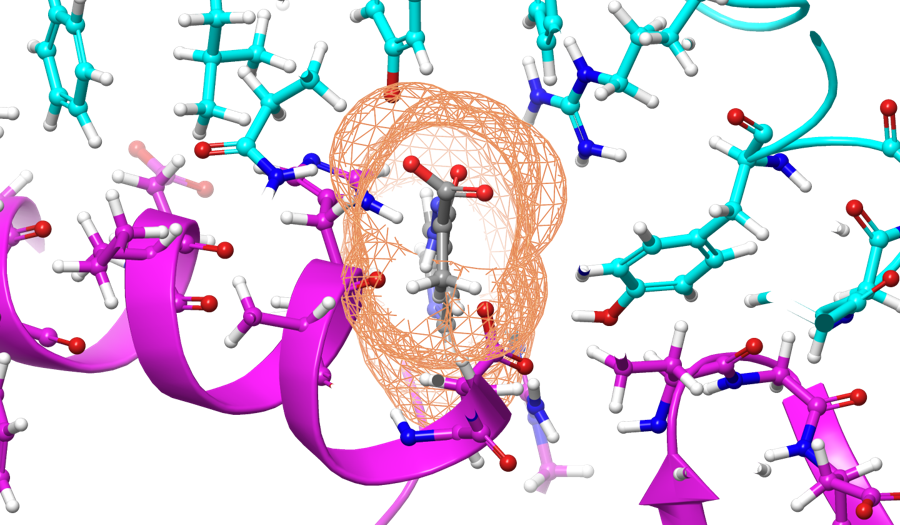IBM Systems
US Dept of Energy Brings the World’s Most Powerful Supercomputer, the IBM POWER9-based Summit, Into the Fight Against COVID-19
IBM and NVIDIA technology helps identify compounds that could guide researchers to a cure
By Dave Turek, Vice President of Technical Computing, IBM Cognitive Systems
Technology has been at the center of scientific advances for decades. Just 16 years ago, IBM’s Blue Gene supercomputer debuted as the first supercomputer to break the petascale barrier and went on to play a critical role in sequencing the human genome. That breakthrough helped open the door for new drugs and treatments, and Blue Gene went on to simulate approximately one percent of a human cerebral cortex, containing 1.6 billion neurons with approximately 9 trillion connections, leading to a greater understanding of the most complex computer ever created: the human brain.
But some problems require a more immediate response, and that’s why the US Dept of Energy announced a powerful new ally in the fight against the COVID-19 epidemic that has swept through 84 countries, and every continent except for Antarctica per the CDC’s latest summary: the IBM-built Summit supercomputer.
Viruses infect cells by binding to them and using a ‘spike’ to inject their genetic material into the host cell. When trying to understand new biological compounds, like viruses, researchers in wet labs grow the micro-organism and see how it reacts in real-life to the introduction of new compounds, but this can be a slow process without computers that can perform digital simulations to narrow down the range of potential variables, but even then there are challenges. Computer simulations can examine how different variables react with different viruses, but when each of these individual variables can be comprised of millions or even billions of unique pieces of data and compounded with the need to be run multiple simulations, this can quickly become a very time-intensive process using commodity hardware.
Using Summit, researchers were able to simulate 8,000 compounds in a matter of days to model which could impact that infection process by binding to the virus’s spike, and have identified 77 small-molecule compounds, such as medications and natural compounds, that have shown the potential to impair COVID-19’s ability to dock with and infect host cells.
“Summit was needed to rapidly get the simulation results we needed. It took us a day or two whereas it would have taken months on a normal computer,” said Jeremy Smith, Governor’s Chair at the University of Tennessee, director of the UT/ORNL Center for Molecular Biophysics, and principal researcher in the study. “Our results don’t mean that we have found a cure or treatment for COVID-19. We are very hopeful, though, that our computational findings will both inform future studies and provide a framework that experimentalists will use to further investigate these compounds. Only then will we know whether any of them exhibit the characteristics needed to mitigate this virus.”
Summit gave the researchers its massive data processing capability, enabled by its 4,608 IBM Power Systems AC922 server nodes, each equipped with two IBM POWER9 CPUs and six NVIDIA Tensorcore V100 GPUs, giving it a peak performance of 200 petaflops, designed to be more powerful than one million high-end laptops. Since it debuted as the world’s most powerful supercomputer in 2018, it has cemented its title by driving ground breaking research from helping to understand the origins of the universe, helping to understand the opioid crisis, and showing how humans would be able to land on Mars. Summit, and its sister supercomputer Sierra at Lawrence Livermore National Labs, were delivered simultaneously by IBM an unmatched feat that is a testament to the dedication of IBMers and our partners in providing ground-breaking technology for the betterment of humankind, and we look forward to seeing how Summit can continue to lend its weight in this latest pursuit.

The compound, shown in gray, was calculated to bind to the SARS-CoV-2 spike protein, shown in cyan, to prevent it from docking to the Human Angiotensin-Converting Enzyme 2, or ACE2, receptor, shown in purple. Credit: Micholas Smith/Oak Ridge National Laboratory, U.S. Dept. of Energy